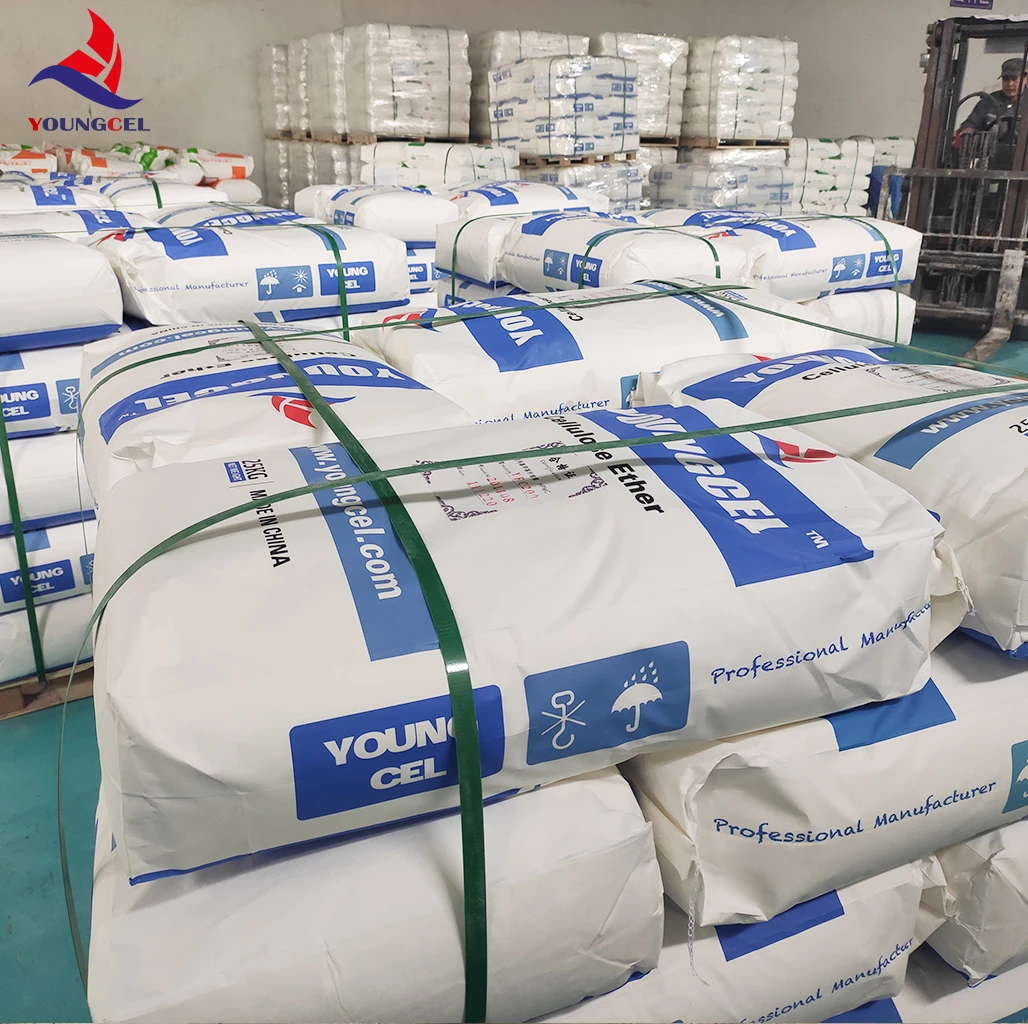Understanding Redispersible Powder (RDP) An Essential Component in Construction and Adhesives
Redispersible powder (RDP) has emerged as a key ingredient in various construction applications, particularly in the formulation of adhesives, tile adhesives, and other cement-based products. This versatile additive enhances the performance, durability, and workability of these products, making it essential for manufacturers and contractors alike.
What is Redispersible Powder?
Redispersible powder refers to a type of polymer that is dried into a powder form and can be redispersed in water. It is typically derived from vinyl acetate, ethylene, or other copolymers. The primary use of RDP is to improve the properties of construction materials by providing them with enhanced flexibility, adhesion, and water resistance. When mixed with water, RDP particles rehydrate and form a film, creating a cohesive bond within the construction material.
Applications of RDP
1. Tile Adhesives One of the most common applications of RDP is in tile adhesives. It improves the adhesion strength, allowing tiles to remain firmly in place without slipping. The flexibility provided by RDP also accommodates slight movements in buildings, reducing the risk of cracking.
2. Cement-Based Solutions In cement-based products, RDP enhances the overall performance by improving workability, reducing water absorption, and increasing resistance to environmental elements. This is particularly beneficial for exterior applications where durability is crucial.
3. Self-Leveling Compounds RDP is frequently used in self-leveling underlayments. It helps maintain a smooth consistency, ensuring an even distribution that is easy to apply while enhancing the final strength of the compound.
4. Mortars and Plasters Incorporating RDP in mortars and plasters leads to improved adhesion and flexibility, making these materials suitable for various substrates. It also helps to prevent shrinkage cracks, which can be common in traditional mixes.
redispersible powder rdp

Benefits of Using RDP
- Enhanced Adhesive Bonds RDP significantly increases the adhesive properties of construction materials, leading to stronger and more reliable bonds. - Flexibility The addition of redispersible powders allows for greater flexibility in the final product, which is crucial in environments subject to thermal expansion and contraction.
- Reduced Water Sensitivity RDP contributes to water resistance, minimizing the risk of water damage and degradation over time. This is particularly important in humid or wet conditions.
- Improved Workability Products mixed with RDP often exhibit better workability, making them easier to handle and apply. This can reduce labor costs and time on the job site.
Considerations When Using RDP
While the benefits of RDP are significant, it is essential to consider certain factors during the formulation and application process. The choice of RDP type (there exist various grades catering to different applications) and its compatibility with other materials can influence the overall performance of the final product. Additionally, proper storage conditions are crucial, as RDP can absorb moisture from the environment, impacting its performance when used.
Conclusion
In summary, redispersible powder plays a vital role in modern construction and adhesive formulations. By improving key properties such as adhesion, flexibility, and water resistance, RDP enhances the performance and durability of products used in a wide range of applications. As the construction industry continues to evolve, the importance of using high-quality additives like RDP cannot be overstated. By understanding its benefits and proper usage, manufacturers and contractors can significantly enhance the quality and longevity of their projects, ultimately leading to improved customer satisfaction and project success.
-
A Comprehensive Guide to Methyl Ethyl Hydroxyethyl Cellulose: Applications and Industry InsightsNewsNov.24,2025
-
Understanding Methyl 2 Hydroxyethyl Cellulose: Uses, Benefits & Industry InsightsNewsNov.24,2025
-
Hydroxyethyl Methyl Cellulose HEMC: Industrial Uses, Benefits & Future TrendsNewsNov.23,2025
-
HEMC Cellulose: Versatile & Sustainable Industrial Polymer | YoungcelNewsNov.23,2025
-
Methyl Hydroxyethyl Cellulose: Versatile Building Block for Industry & SustainabilityNewsNov.23,2025
-
CAS 9032 42 2: Understanding Polyvinyl Alcohol's Impact on Industry & SustainabilityNewsNov.22,2025




